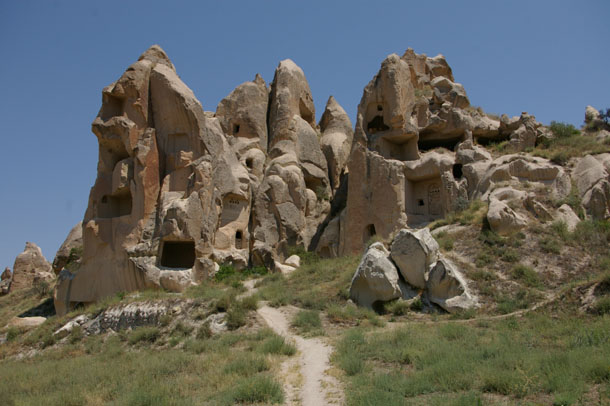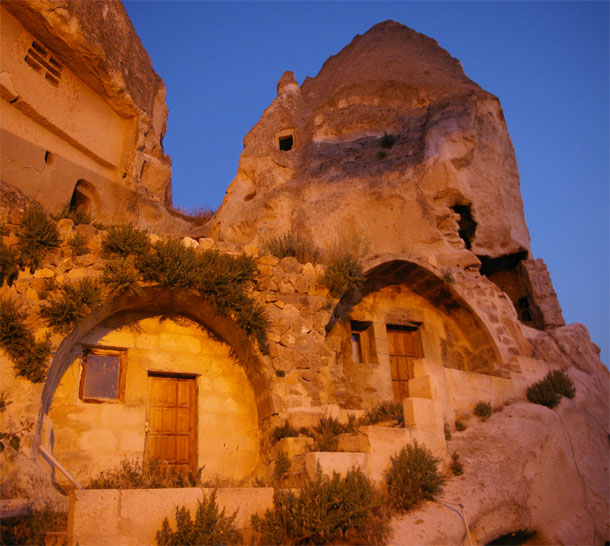Capadoccia 4
On our second day in Capadoccia, Lily and I went for a walk through one of the valleys that are eroded into the landscape there. Bas-relief hoodoos emerging from the wall of the canyon: We came to one area with classic turret-like hoodoos: Note the gravel layers in that column’s section, and the human at … Read more


